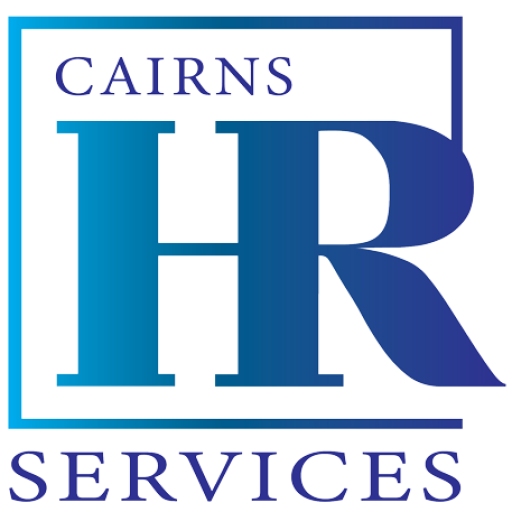
Receiving an unfair dismissal claim can be a challenging situation for any employer. Such claims arise when a former employee believes their termination was unjust or did not follow proper procedures. How you respond can affect not only the immediate outcome but also your organisation’s long-term reputation and legal standing.
Here’s a guide for employers on how to effectively manage an unfair dismissal claim.
Understand the process
Once an employer receives an unfair dismissal application from the Commission, the employer must provide a formal written response within seven days. This is done by completing Form F3 (Employers Response) and filing it with the Commission.
Filling out Form F3 can be complex, demanding a thorough grasp of the details surrounding the dismissal and a clear rationale for why it was not unfair. It also requires a solid understanding of the relevant legal principles. Professional help can be very beneficial in this process, as a well-structured Form F3 significantly enhances the employer’s position.
Once the Form F3 has been completed, the parties are invited to attend a conciliation conference. We highly recommend participating in the conciliation conference as it provides an opportunity to settle the matter before the matter proceeds to a hearing, which will incur further costs.
Understand the claim
Begin by carefully examining the details of the unfair dismissal claim. Make sure you understand:
- The specifics of the claim: Note the reasons the employee believes their dismissal was unfair.
- Key dates and events: Pay attention to the date of dismissal and any alleged procedural errors.
- Supporting evidence: Review any documentation or evidence provided by the employee.
NOTE: Section 386 of the Fair Work Act 2009 outlines that an employee will be unfairly dismissed when:
- the dismissal was harsh, unjust, or unreasonable.
- the dismissal was not consistent with the Small Business Fair Dismissal Code; and
- the dismissal was not a case of genuine redundancy.
Understanding these aspects will help you assess the legitimacy of the claim and determine your response strategy.
Review Your Procedures
Evaluate the termination process:
Check:
- Compliance: Verify if the dismissal followed the correct disciplinary procedures.
- Documentation: Ensure that you have comprehensive records of the employee’s performance and any disciplinary actions taken.
- Fairness of the process: Reflect on whether the process was fair and transparent.
This review will help identify any potential weaknesses in your procedure that might affect the outcome of the claim.
Collect and Organise Evidence
Gather all relevant and supporting documentation and evidence.
This might include:
- Performance reviews: Documents showing the employee’s job performance.
- Disciplinary records: Records of any warnings or actions taken prior to dismissal.
- Correspondence: Emails or letters related to the dismissal process.
- Witness statements: Accounts from individuals who were involved in or witnessed relevant events.
Organising this evidence will be crucial for building a strong defence.
Explore Settlement Options
Consider whether settling the dispute outside of formal proceedings might be advantageous. Settling can:
- Save time and costs: Avoid prolonged legal battles and reduce legal expenses.
- Mitigate reputational damage: Handle the matter discreetly and protect your company’s reputation.
- Provide a quicker resolution: Reach a resolution more swiftly than through formal channels.
The Conciliation Conference
Conciliation conferences typically occur via MS Teams and are facilitated by a neutral third party who helps the parties negotiate a resolution. During the conference, the employee or their representative delivers an opening statement outlining the background of the claim and explaining why they believe the dismissal was unfair. The employer or their representative then presents their opening statement, explaining why the dismissal was not unfair.
Subsequently, the parties enter a private session with the conciliator to discuss potential settlement terms. If an agreement is reached, it is documented in a ‘terms of settlement’ or a ‘deed of settlement and release’.
Where the matter does not settle at the conciliation, the case continues to a formal hearing or conference. Both parties need to prepare evidence so the Commission Member can make a decision about the case.
Learn and Improve
Regardless of the outcome, use the experience as an opportunity to refine your employment practices, help mitigate the risk of future claims and strengthen your organisation’s employment practices.
Consider:
- Update your processes: Revise your dismissal procedures to prevent similar issues in the future.
- Training: Provide additional training for managers on handling dismissals and disciplinary actions.
- Improve documentation: Ensure thorough and accurate record-keeping to support future decisions.
Conclusion
Handling an unfair dismissal claim effectively requires careful consideration and a strategic approach. By understanding the claim, reviewing your procedures, seeking professional advice, and preparing a solid response, you can navigate the situation with confidence.
Call us today and secure a complimentary consultation!
